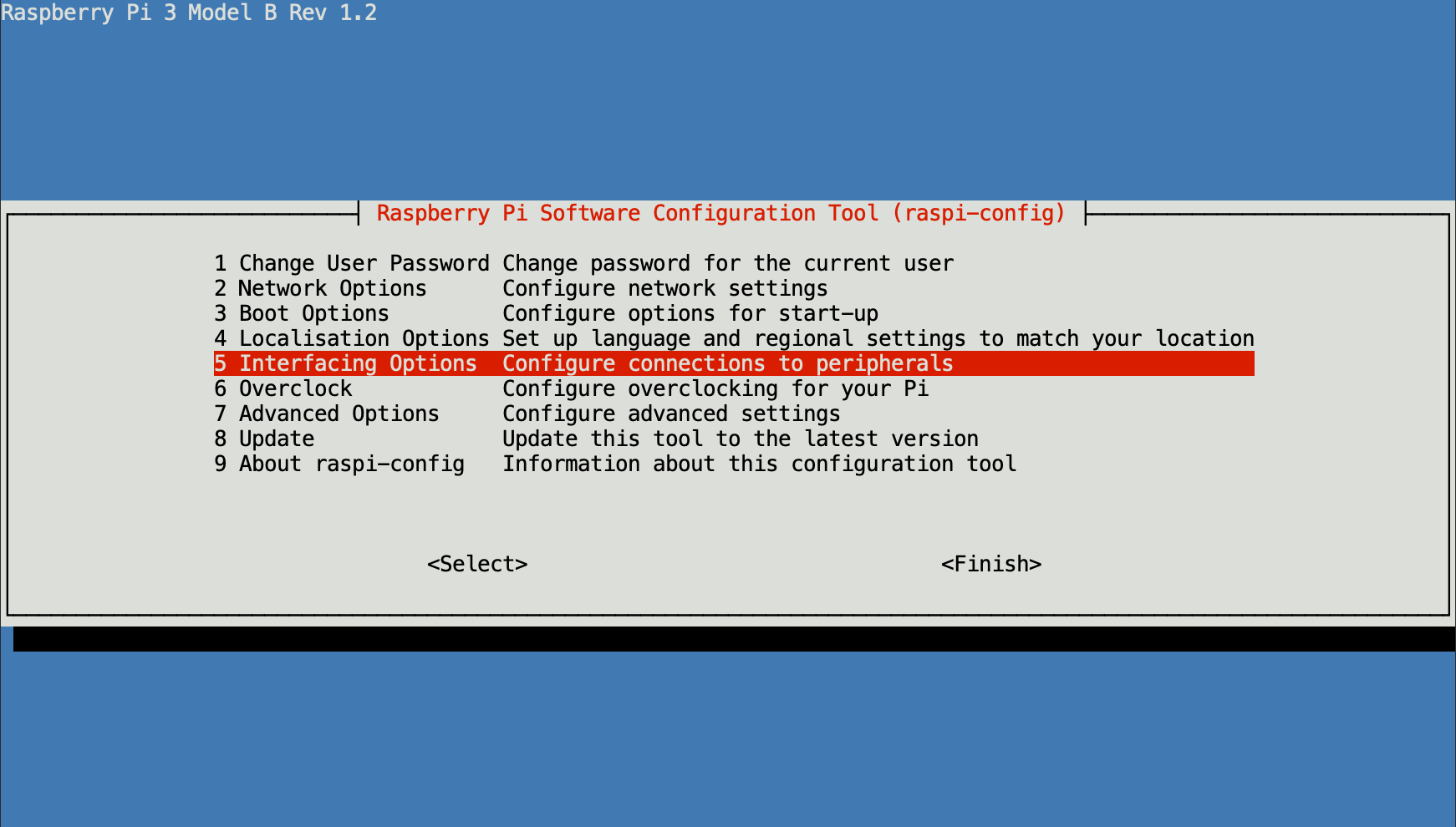Free Raspberry Pi Remote Access Via The Internet: A Comprehensive Guide
Introduction
With the rise of the Internet of Things (IoT), remote access to devices like the Raspberry Pi has become increasingly important for hobbyists, developers, and professionals alike. Whether you're managing a home automation system, running a server, or simply tinkering with projects, being able to control your Raspberry Pi from anywhere in the world is incredibly convenient. In this article, we'll explore several free and easy methods to remotely access your Raspberry Pi via the internet. We'll cover secure solutions like SSH, VNC, and other tools that don't require advanced configurations like port forwarding or SSH tunneling.
Why Remote Access Matters
Remote access allows you to control your Raspberry Pi from any device connected to the internet. This capability is essential for monitoring and managing your projects without needing physical access to the device. You can live-monitor your Raspberry Pi, check crucial information, and even take full control of it as if you were sitting right in front of it. Whether you're troubleshooting, running updates, or accessing files, remote access provides flexibility and convenience.
Free and Easy Methods for Raspberry Pi Remote Access
1. Using SSH (Secure Shell)
SSH is one of the most popular and secure methods for remote access. It allows you to connect to your Raspberry Pi via the command line and execute commands as if you were using the device locally. Here's how you can set it up:
- Somali Telegram Link 2025
- Necati Arabaci
- Pining For Kim Trailblazer Watch Free
- Neco Arabaci
- Remote Iot Vpc Ssh Windows 10
- Enable SSH on Your Raspberry Pi: You can enable SSH by going to the Raspberry Pi Configuration tool or by placing an empty file named "ssh" on the boot partition of your SD card.
- Find Your Pi's IP Address: Use the command `ifconfig` or `ip addr` to find the IP address of your Raspberry Pi on your local network.
- Connect via SSH: From another computer, use an SSH client like PuTTY (for Windows) or the built-in terminal (for macOS and Linux). Enter the command `ssh pi@your-pi-ip-address` to connect.
While SSH is powerful, it typically works within a local network. To access your Raspberry Pi over the internet, you'll need additional tools or configurations.
2. Using VNC (Virtual Network Computing)
VNC allows you to access your Raspberry Pi's graphical user interface (GUI) remotely. This is useful if you need to interact with the desktop environment. Here's how to set it up:
- Install VNC Server: On your Raspberry Pi, install the VNC server by running `sudo apt install realvnc-vnc-server realvnc-vnc-viewer`.
- Enable VNC: Use the Raspberry Pi Configuration tool to enable VNC.
- Connect via VNC Viewer: Download the VNC Viewer app on your remote device and connect to your Raspberry Pi using its IP address.
Like SSH, VNC works best within a local network. To access it over the internet, you'll need to expose it securely.
3. Exposing SSH or VNC Over the Internet
To access your Raspberry Pi over the internet, you can expose SSH or VNC to the open internet. However, this requires careful consideration of security. Here are two secure methods:
a. Using a VPN
A Virtual Private Network (VPN) creates a secure connection between your remote device and your Raspberry Pi. This method ensures that your data is encrypted and protected from potential threats. Here's how you can set it up:
- Install a VPN server on your Raspberry Pi or use a third-party service.
- Connect your remote device to the same VPN.
- Access your Raspberry Pi as if it were on the same local network.
b. Using Third-Party Tools
Tools like TeamViewer, ngrok, or Pagekite allow you to remotely access your Raspberry Pi without needing to configure port forwarding or SSH tunneling. These solutions are beginner-friendly and provide a secure connection.
- TeamViewer: Install TeamViewer on your Raspberry Pi and connect to it from any device with the TeamViewer app.
- ngrok: Use ngrok to create a secure tunnel to your Raspberry Pi's SSH or VNC server.
- Pagekite: Set up Pagekite to expose your Raspberry Pi's services over the internet.
Advanced Tips for Secure Remote Access
While the methods above are effective, here are some additional tips to ensure your Raspberry Pi remains secure:
- Use Strong Passwords: Avoid using default passwords like "raspberry" and choose strong, unique passwords.
- Enable Two-Factor Authentication (2FA): If your remote access tool supports 2FA, enable it for an extra layer of security.
- Regularly Update Your Pi: Keep your Raspberry Pi's operating system and software up to date to protect against vulnerabilities.
- Monitor Connections: Use tools to monitor who is accessing your Raspberry Pi and when.
Conclusion
Remote access to your Raspberry Pi via the internet is easier than ever, thanks to free and secure tools like SSH, VNC, and third-party solutions such as TeamViewer and ngrok. By following the steps outlined in this guide, you can take full control of your Raspberry Pi from anywhere in the world without compromising security. Whether you're managing a home automation system, running a server, or simply experimenting with new projects, remote access provides the flexibility and convenience you need. Remember to always prioritize security by using strong passwords, enabling 2FA, and keeping your system updated. With these methods, you can unlock the full potential of your Raspberry Pi remotely.

How to remotely access the Desktop of your Raspberry Pi over the

How to Access Your Raspberry Pi Remotely (Mac/Windows/Linux)

How to Access Your Raspberry Pi Remotely (Mac/Windows/Linux)